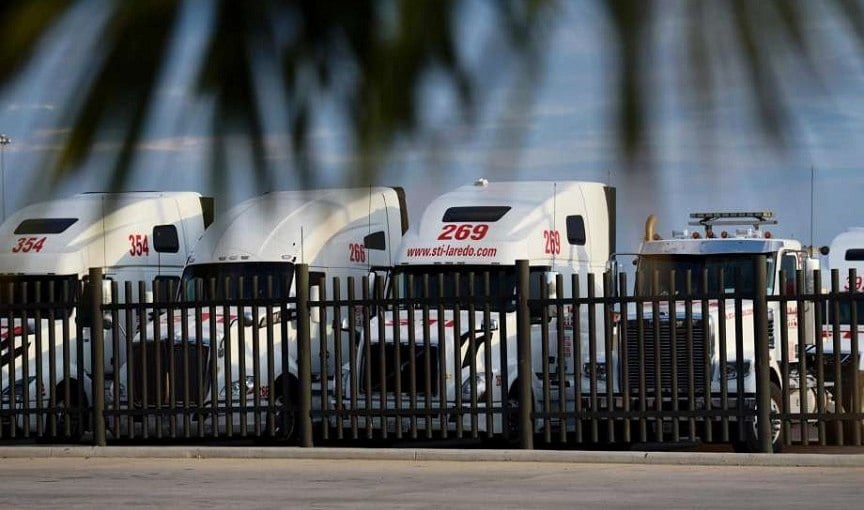Newsroom
How A Lack of Infrastructure Undercuts A North American Trade Boom

The United States-Mexico-Canada Agreement, known as USMCA, which took effect four years ago, remains a landmark development for economic relations between the three North American neighbors.
It stimulated even greater trilateral trade and increased private sector investments in cross-border commerce.
Simultaneously, the COVID-19 pandemic created a shift in global trade patterns that increased U.S.-Mexico trade. Mexico was our nation's largest trading partner last year, with two-way trade reaching nearly $800 billion. However, the lack of sufficient infrastructure at the border creates obstacles for nearshoring and undermines American competitiveness.
In June, President Joe Biden authorized permits for three new international bridge projects, in Laredo, Eagle Pass and Brownsville. This is the first expansion of an international bridge since the World Trade Bridge was built in Laredo in 2000.
While this is a significant step forward in addressing border efficiency, improving other elements of the system alongside the physical infrastructure will maximize the benefits.
First, staffing problems at the border are likely to get worse. The U.S. Customs and Border Protection expects a retirement surge between 2025 and 2029. With CBP inspectors retiring faster than new ones can be recruited, we need to consider how resources are allocated between commercial operations, vehicle and pedestrian traffic.
One way to do this is by advancing smart technologies, such as self-reporting apps, to track and request information from commercial and private vehicles. Currently, processing takes place when vehicles arrive at an inspection point. This new technology would start the process during the vehicle's journey.
Smart infrastructure can also address bottlenecks and reduce conditions that lead to accidents, which increase wait times. Existing concrete and plastic barriers create additional congestion during periods of high traffic flow. The use of retractable barriers can help manage traffic and control access more effectively.
Designated-use ports can also address traffic flows for commercial and noncommercial vehicles. Instead of processing all commercial and non-commercial vehicles at a single port, ports of entry could specialize. The Paseo Del Norte port in El Paso is an example of a designated port of entry focused on large automotive and aerospace goods.
A particularly important aspect of increasing border efficiency is the participation of local governments, industry and trade organizations in the planning and design process on both sides of the border. Often, policies do not align with economic development opportunities, business investments, infrastructure improvements and workforce needs.
This type of coordination is essential to enhance connectivity, such as Texas' Interstate 35 to Mexico's MX 85. Future interstates — including Interstate 69 from the Rio Grande Valley, Interstate 27 through the Permian Basin and Interstate 2 connecting Laredo to Brownsville — will all link to Port Laredo, the nation's busiest port.
The economic impact of a more efficient border would be profound. Reducing border wait times by just 10 minutes could boost monthly cargo values by $17 million along the Texas-Mexico border. Mexican border states would benefit from reduced wait times, leading to an increase of $2.2 billion in GDP.
The consequences of not addressing border efficiency are dire. In 2019, 96% of northbound commercial crossings at the World Trade Bridge were under an hour. By 2050, this could increase to over eight hours, resulting in a $28 billion decrease in GDP — $16.8 billion in the U.S. and $11.2 billion in Mexico.
As the White House and Congress consider investments in our ports of entry, we should view the border as a "logistics platform" that integrates and connects airports, rail ports, bridges and seaports. The port of the future will feature binational intermobility and connectivity. Texas, with its many border land ports, airports and Gulf seaports, stands to gain the most from strong border infrastructure.
Dennis. E. Nixon is chairman and CEO of IBC Bank. Gerald Schwebel is executive vice president of the corporate international division of IBC Bank.



